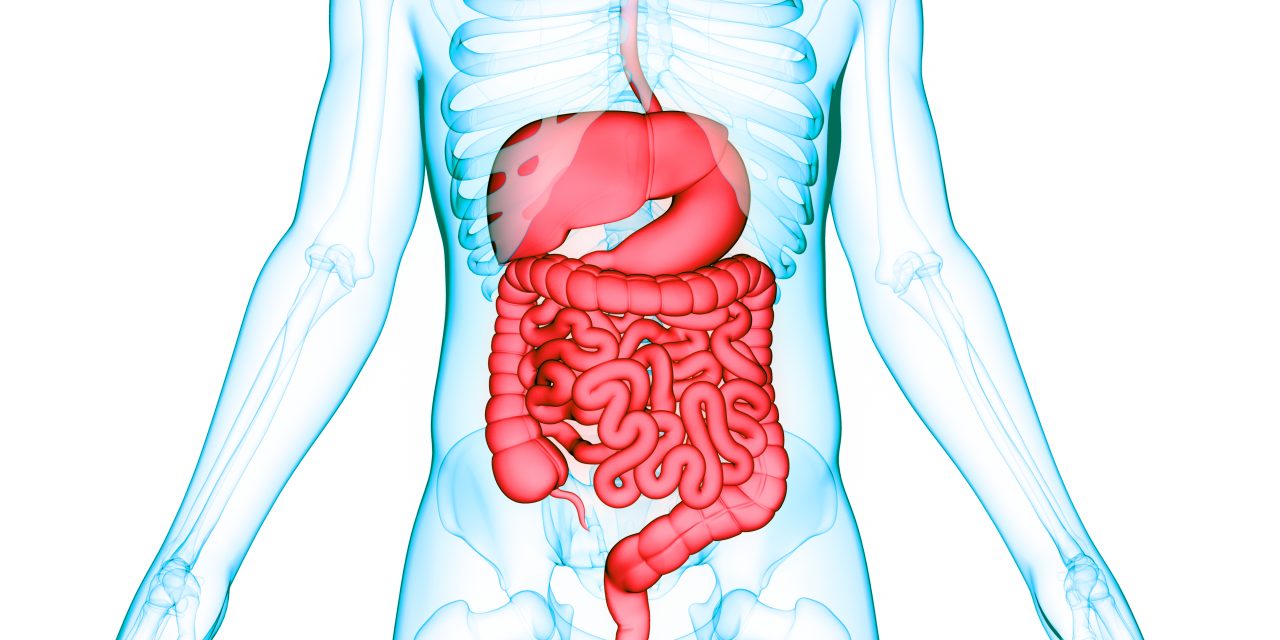Eosinophilic esophagitis (EE) is a chronic immune/antigen-mediated esophageal inflammatory disease for which off-label topical corticosteroids (e.g., budesonide) are widely used in clinic. In general, thickening excipients are mixed with industrial products to improve the residence time of the drug on the esophageal mucosa. The compounding procedures are empirical and the composition is not supported by real physicochemical and technological characterization. The current study aimed to propose a standardized budesonide oral formulation intended to improve the resistance time of the drug on the esophageal mucosa for EE treatment. Different placebo and drug-loaded (0.025% ) formulations were prepared by changing the percentage of xanthan gum alone or in ratio 1:1 with guar gum. Both excipients were added in the composition for their mucoadhesive properties. The formulative space was rationalized based on the drug physicochemical stability and the main critical quality attributes of the formulation, e.g., rheological properties, syringeability, mucoadhesiveness and in vitro penetration of budesonide in porcine esophageal tissue. The obtained results demonstrated that gums allowed a prolonged residence time. However, the concentration of the mucoadhesive polymer has to be rationalized appropriately to permit the syringeability of the formulation and, therefore, easy dosing by the patient/caregiver.
Mucoadhesive Budesonide Formulation for the Treatment of Eosinophilic Esophagitis.


